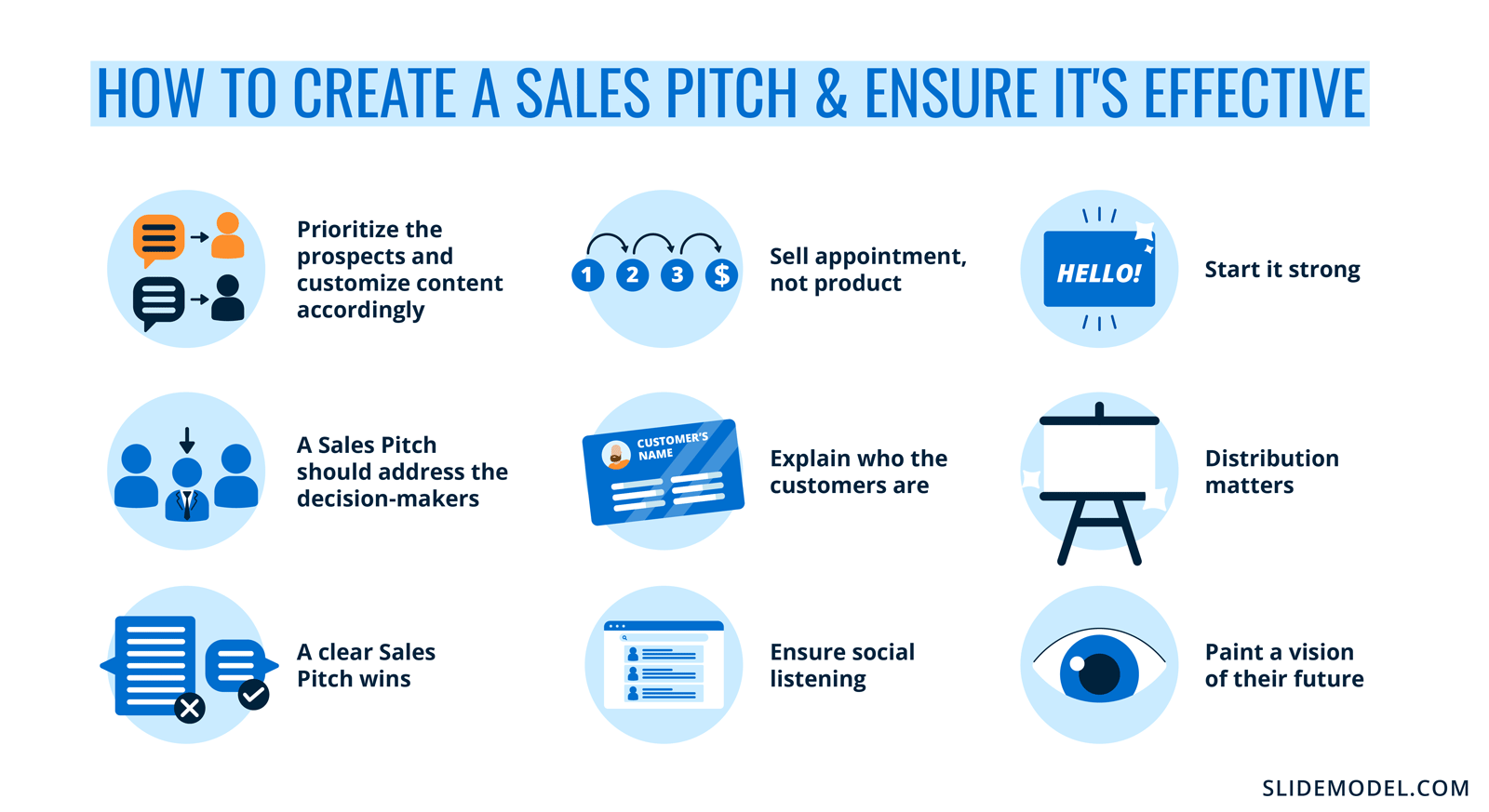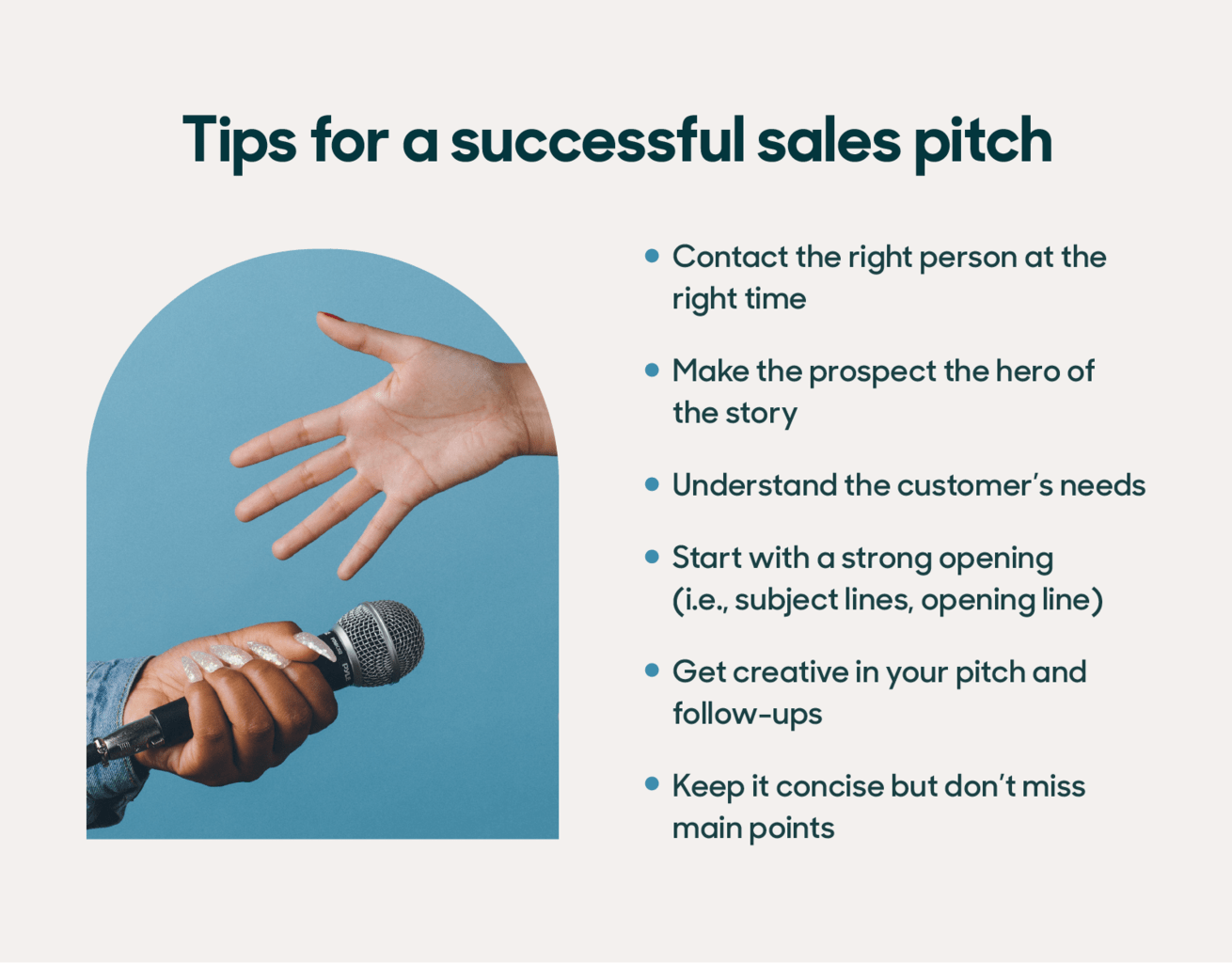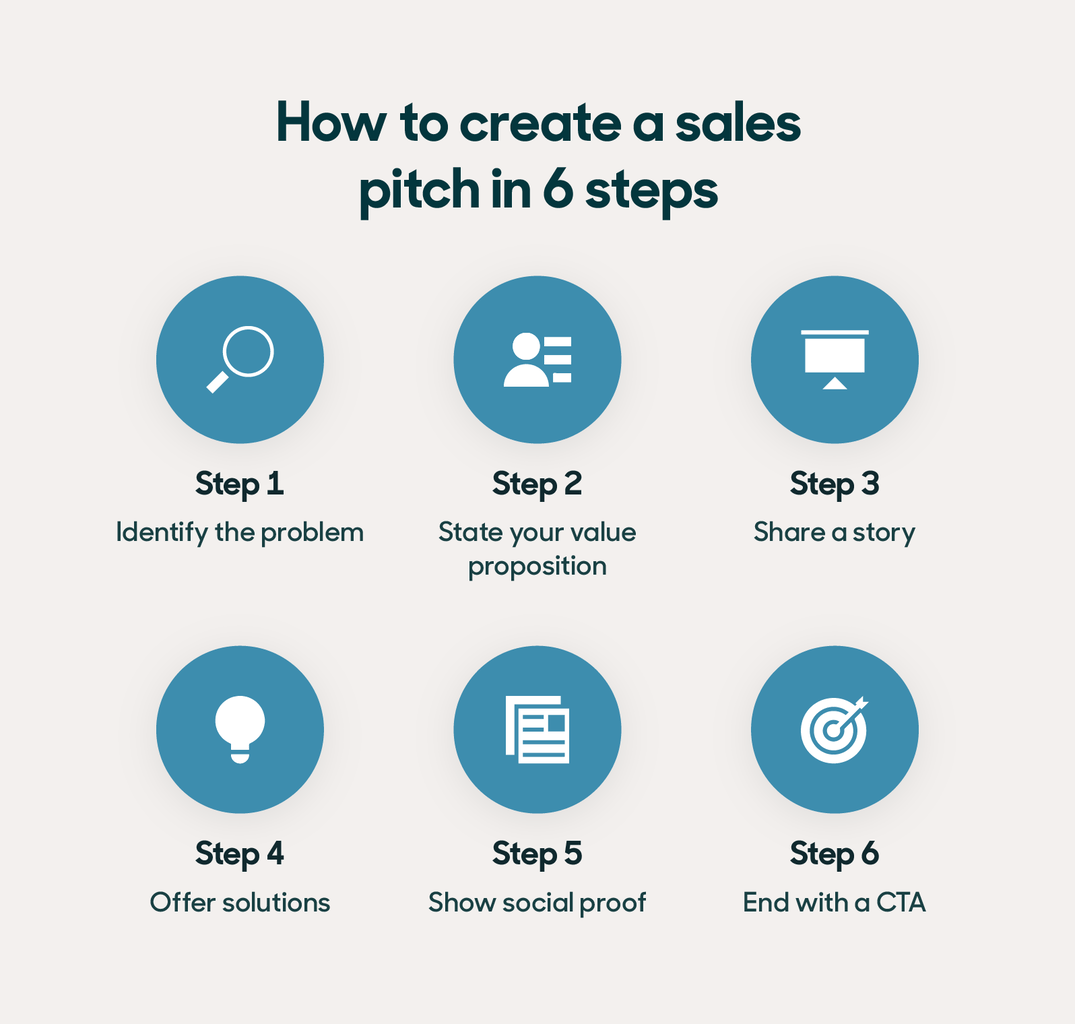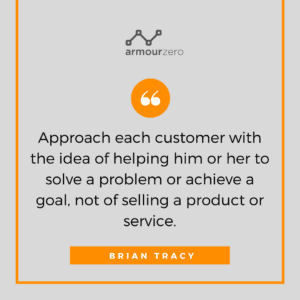Unveiling the Power of "Why": Crafting a Compelling Sales Pitch for Your Product or Service

As an interior design and architectural expert, I’ve witnessed firsthand the power of a well-crafted narrative. It’s not just about showcasing features; it’s about connecting those features to the emotional desires and practical needs of your ideal customer. To truly resonate with your audience, you need to understand their "why" – their motivations, aspirations, and pain points – and then demonstrate how your product or service directly addresses those needs.
Here’s a breakdown of how to approach this, focusing on the key elements that will make your pitch truly compelling:

1. Defining Your Ideal Customer:
Before you can effectively communicate the value of your product, you need to understand who you’re talking to. This involves creating a detailed profile of your ideal customer, encompassing:
- Demographics: Age, gender, location, income level, education, occupation, family status.
- Psychographics: Lifestyle, interests, values, aspirations, personality traits, fears, motivations.
- Pain Points: What challenges or problems do they face in their daily lives? What are their frustrations? What are they looking for in a solution?
- Needs and Desires: What are their goals and aspirations? What are they hoping to achieve? What kind of lifestyle do they envision?



2. Identifying Key Features and Benefits:
Once you understand your target audience, you can start identifying the key features and benefits of your product or service that directly address their needs and desires.

Features:
- These are the tangible aspects of your product or service, such as its design, materials, functionality, or technical specifications.
- Example: A high-end coffee maker might feature a sleek stainless steel design, a built-in grinder, and a programmable timer.



Benefits:
- These are the intangible advantages that your customer will experience by using your product or service. They are the solutions to your customer’s pain points and the fulfillment of their needs and desires.
- Example: The benefits of the high-end coffee maker might be:
- Convenience: The built-in grinder and programmable timer save time and effort.
- Quality: The premium materials and design ensure a superior cup of coffee.
- Luxury: The sleek design adds a touch of sophistication to the kitchen.



3. Building a Compelling Narrative:

The key to a successful sales pitch is to weave a compelling narrative that connects your product’s features and benefits to your customer’s "why." This involves:
- Emphasizing the Problem: Start by acknowledging and validating the customer’s pain points. Make them feel understood and heard.
- Presenting the Solution: Introduce your product or service as the solution to their problem. Clearly articulate how it addresses their specific needs and desires.
- Highlighting the Benefits: Don’t just list features; focus on the tangible and emotional benefits your customer will experience. Use vivid language and compelling stories to paint a picture of how their life will be improved.
- Providing Evidence: Back up your claims with testimonials, data, or case studies. This builds credibility and trust.
- Creating a Call to Action: Clearly tell your customer what you want them to do next. Encourage them to learn more, schedule a consultation, or make a purchase.
4. Tailoring Your Message to Different Channels:
The way you communicate your product’s value will vary depending on the channel you’re using. Here are some examples:
- Website: Use clear, concise language and compelling visuals to highlight the key benefits of your product.
- Social Media: Engage with your audience through interactive content, user-generated reviews, and stories that showcase the value of your product.
- Email Marketing: Segment your audience and personalize your messages to address their specific needs and interests.
- Sales Presentations: Use visuals, storytelling, and interactive demonstrations to make your presentation engaging and memorable.
5. Examples of Feature-Benefit Pairing:
To illustrate how to effectively connect features and benefits, let’s consider some examples relevant to my expertise in interior design and architecture:
Product: Custom-designed kitchen cabinetry
- Feature: High-quality materials and craftsmanship.
- Benefit: Durability, longevity, and increased home value.
- Narrative: "Tired of cheaply made cabinets that constantly need repairs? Our custom-designed cabinetry is crafted from the finest materials and built to last a lifetime. You’ll enjoy the peace of mind knowing your investment will stand the test of time and enhance the value of your home."
Product: Energy-efficient windows
- Feature: Double-paned glass with argon gas fill.
- Benefit: Reduced energy bills, increased comfort, and a smaller environmental footprint.
- Narrative: "Stop throwing money out the window! Our energy-efficient windows feature double-paned glass with argon gas fill, which helps insulate your home and reduce your heating and cooling costs. You’ll enjoy a more comfortable living environment while also contributing to a greener planet."
Product: Smart home automation system
- Feature: Voice-activated control of lighting, temperature, and security systems.
- Benefit: Convenience, safety, and energy savings.
- Narrative: "Imagine controlling your home’s lighting, temperature, and security systems with just your voice. Our smart home automation system puts you in complete control, making your life easier, safer, and more energy-efficient."
6. The Power of Storytelling:
Beyond highlighting features and benefits, incorporating storytelling into your sales pitch can create a powerful emotional connection with your audience.
- Use personal anecdotes: Share stories about how your product or service has helped others overcome challenges or achieve their goals.
- Connect with your audience’s aspirations: Paint a picture of how your product can help them achieve their dreams and aspirations.
- Emphasize the emotional impact: Focus on the feelings your product or service will evoke, such as joy, peace, security, or freedom.
7. Continuous Improvement:
The process of communicating the value of your product or service is an ongoing one.
- Seek feedback: Ask your customers for their feedback on your messaging and adjust your approach accordingly.
- Track your results: Use analytics to track the effectiveness of your sales pitch and identify areas for improvement.
- Stay informed: Stay up-to-date on industry trends and best practices to ensure your messaging remains relevant and compelling.
By understanding your ideal customer, clearly articulating the benefits of your product or service, and crafting a compelling narrative, you can create a sales pitch that resonates with your audience and drives conversions. Remember, the key is to focus on the "why" – the motivations, aspirations, and pain points of your customers – and demonstrate how your product or service is the perfect solution to their needs.

